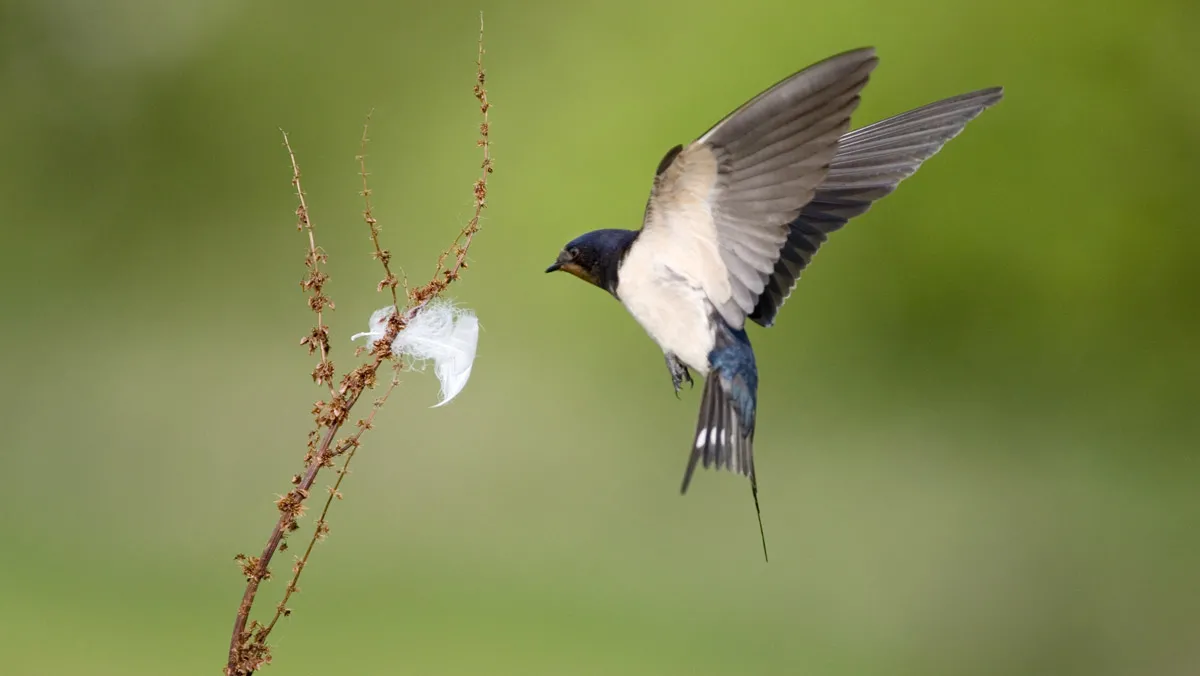Citation
Massimino, D., Woodward, I.D., Barber, L., Barimore, C., Harris, S.J., Leech, D.I., Noble, D.G., Walker, R.H., Baillie, S.R. & Robinson, R.A. 2023. BirdTrends 2022. British Trust for Ornithology, Thetford, Norfolk

Overview
The BirdTrends 2022 report is a one-stop shop for authoritative information about the population status of the common breeding birds of the wider UK countryside. The report is based on data gathered by the many thousands of volunteers who contribute to BTO-led surveys.
In more detail
For each of 121 species, users can quickly access the latest information on trends in population size, breeding performance and survival rates, as measured by our long-term monitoring schemes. For each species, you will find:
- The latest conservation listings and estimates of UK population size
- A summary of changes in the size of the population and the possible causes of these changes
- Graphs and tables showing changes in UK population size, breeding performance and survival since our monitoring began
- Wherever possible, graphs and tables separately for UK countries (England, Scotland, Wales and Northern Ireland)
- Alerts, drawing attention to population declines of greater than 25%, or greater than 50%, that have occurred over the the most recent five-, ten- and 25-year assessment periods and the maximum period available (usually 50 years).
Text, tables, graphs and presentation for each species are updated annually to include the latest results alongside interpretative material from the literature. Information on demographic trends and on the causes of change is gradually being expanded.









